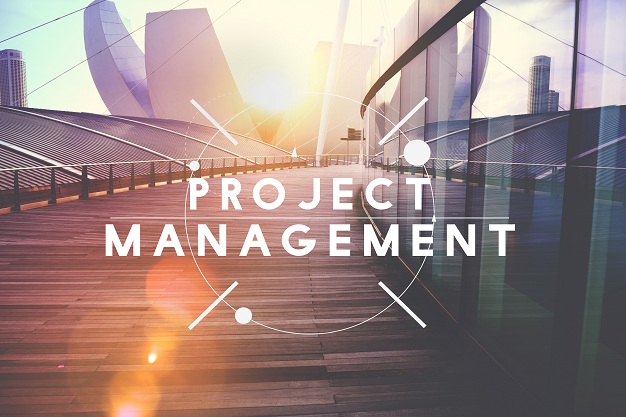
“I am a designer, I just know how to create designs” If you can relate to this statement then this blog is for you. Designers are considered right-brained people who are creative and emotional. So they know how to perform the tasks of website redesigning or logo creation. Also, there’s a saying that designers do not like doing repetitive work. They keep looking for new and unique projects to add to their portfolio. However, a good designer is not the demand of the clients these days. They need smooth communication, timely updates, and good project management. All these managerial works are far away from the designers’ scope of work. All they love to do is design. At the same time, many designers are managing both things even in a better way. How? Well, we believe it is due to the project designing tools that are available in the market especially structured for designers.
If you want to manage both the designing and management work together, read this blog till the end as we have shared useful tips to use project management tools.
How To Use Project Management Tools
1) Create A Schedule
There must be days when you are too loaded with the work that you will go crazy. It is important to have a schedule for projects with a timeline so that you can easily prioritise your work. Similarly, you can keep your team in a loop. Also, a detailed schedule reduces the chances of project delays.
Well, you must be thinking that this you can in a diary as well. But we are afraid that your diary can remind you with a notification when a deadline is about to come. So you should switch to the project management tool.
2) Communicate With The Client Through The Platform
Imagine a scenario where half of the brief is in WhatApp chat, half in email and the half you got on the call. There are many chances that you miss some essential brief. That is why it is important to have all the client information, briefs and feedback at the same place where you just tap on the project or client name and you get all information about the requirement.
Consequently, there will be fewer chances of miscommunication and you may get approval quicker than expected.

3) Keep A Check On Your Team
Since all your projects are on the tool, you can easily add your team members to the project (delegate the project to them) and check their work status directly within the portal.
Also, you can use the chatbox (available in almost all project management tools) to communicate with other team members, if working remotely.
4) Organise Your Files In One Place
There is no need to create multiple folders in your system for different clients. Just add all relevant files and folders under the respective project. So whenever you will want to work on a project, all information related to that project will be available on one screen. No further taps will be required.
Sounds convenient, right?
5) Track Your Time Consumption
Many clients pay on an hourly basis which makes it essential for a designer to track their time consumption. Usually, designers set a stopwatch and update the time taken after the completion of the job. However, it may not be an accurate and appropriate option.
Use a project management tool to track time whenever you are working on the project. Also, its analysing feature will help you check whether the work is time-consuming or under the budget shared with the client.
Also, time consumption information will be updated under the respective project folder so you can easily bill the client as per the time you spent on the project.
6) Make An Invoice
Usually, designers need to create their own bill and send it to the client separately. Many project management tools offer a feature that fetches all the required information from the details fill-in before (client name, address, your bank account details, price quoted and the total number of hours spent) and create an invoice automatically.
So billing the client has become easier too. Just a couple of clicks and your bill will be sent to the client.

Things To Remember Before Beginning The Project
Please note, there are many project management tools available in the market so their features could be a little different from each other but their basic functions remain the same. Also, before starting any project make the terms clear with the client. Here ‘terms’ refer to all the payment terms and the work requirement. If you want to get some % as an advance so must convey this thing clear to the client. Also, make it clear in the very beginning how many amendments you are going to give at an agreed price so that you do not stick to a single design for days or weeks. Bookmark this blog for future reference and keep visiting our website for more informative web-designing blogs.
